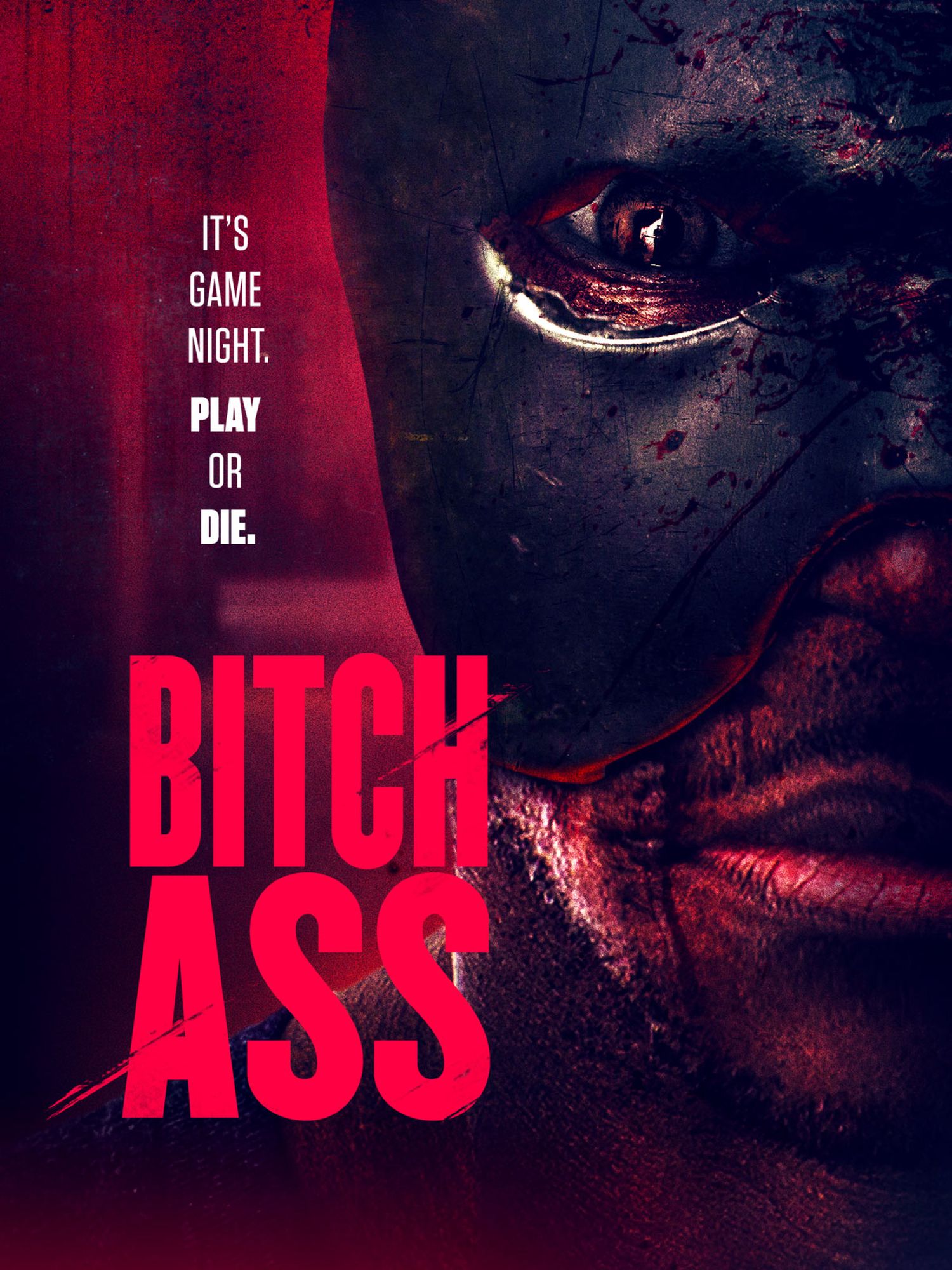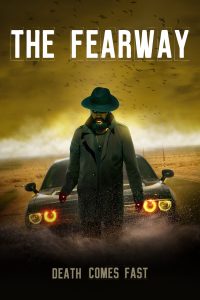

“Bitch Ass: The story of America’s first black serial killer” – Tony Todd.
At its core ‘Bitch Ass’ is a thought provoking; contemporary horror challenges the viewer… or not!
Actually ‘Bitch Ass’ is everything you hoped it would be from the title, a throwback slasher movie which, whilst not really a comedy, certainly doesn’t take itself all that seriously.
The plot opens with an introduction from the aforementioned Mr Todd who explains that the story of Bitch Ass was lost, and has since been recovered, and that despite what we know of Black Horror, the OG player we’ve yet to meet is the titular ‘Bitch Ass’.
A young boy, raised by his deeply religious Grandmother, and bullied by his peers for his love of boardgames, Cécile is given the cruel moniker ‘Bitch Ass’ by those who would torment him. Fast forward to the 1980s, and upon the death of his grandmother, a local gang of petty thieves’ plan to raid the house, having forgotten about the boy they made life hell for; that is, until they stumble into his ‘game room’.
The film plays out like a reverse home invasion movie, akin to something like ‘Don’t Breathe’, but with the tone and pacing of a straight up slasher movie. Once the film gets going, which mercifully doesn’t take too long at all, the films generic roster of would-be victims are predicably picked off one at a time, and then forced to play some distorted version of a classic boardgame with ‘Bitch Ass’, games such as connect-four and Jenga. Naturally there’s a deadly twist involved, such as the collapse of the Jenga tower triggering a hangman’s noose, and with connect-four, a guillotine.
It makes for a very easy watch, as despite the film’s runtime padded out with many impromptu flashback sequences – which ultimately lean really hard on developing its masked antagonist, indeed to the extent that the film doesn’t really have a protagonist that is worth caring about.
Aside from the obvious setups of Bitch Ass’ ‘games’, the film has some nice visual flourishes, albeit reserved mainly for the key set pieces, such as title slides featuring some little cards of each of the characters in a beat-em-up style loading screen, as well as other comic book stylised graphics used liberally throughout. Equally, accenting the films otherwise typical visual style, are some interesting uses of split-screen, not just in the head-to-head game sequences, but also in some of the backstory sections. None of this adds any value beyond window dressing, but it just adds some visual padding to what is, in all other areas, a very generic no-budget slasher film.
The trade-off to this visual effect, however, appears to be the decision to film the rest of the movie in an extreme widescreen aspect ratio, which, whilst working well with the comic-strip style split screen segments, it’s takes a little getting used to.
The film has an all-black cast, and whilst I would say the performances are solid, I was a little surprised/disappointed the characters offered very little more than the standard ‘gangsta’/thug types presented to us time and time again.
Equally too, considering what is otherwise an easy to market ‘cult’ slasher, the film is oddly bloodless, and whilst the ‘games’ are definitely gruesome in concept, what is shown on screen doesn’t quite match the quality of their build-up. The film has some obvious practical effects, and each of the games have their own unique themes and creative elements, however the end result. well it’s not exactly ‘SAW’ when all is said and done. Where the films cinematography and framing work to some degree to defy it, the rather lacklustre aftermath betrays the films clearly limited budget.
Having said that, overall, I would say that whilst ‘Bitch Ass’ is definitely a great time, and I’d definitely recommend it to anyone who wants to enjoy an entertaining popcorn slasher film (that they’ve not seen 100 times already), its lack of gore, and equally its lack of real characterisation – including ‘Bitch Ass’ himself – was something of a missed opportunity. That said, when taken as is, its sure to entertain, and the films monologue style introduction from Tony Todd is worth the price of admission alone!


